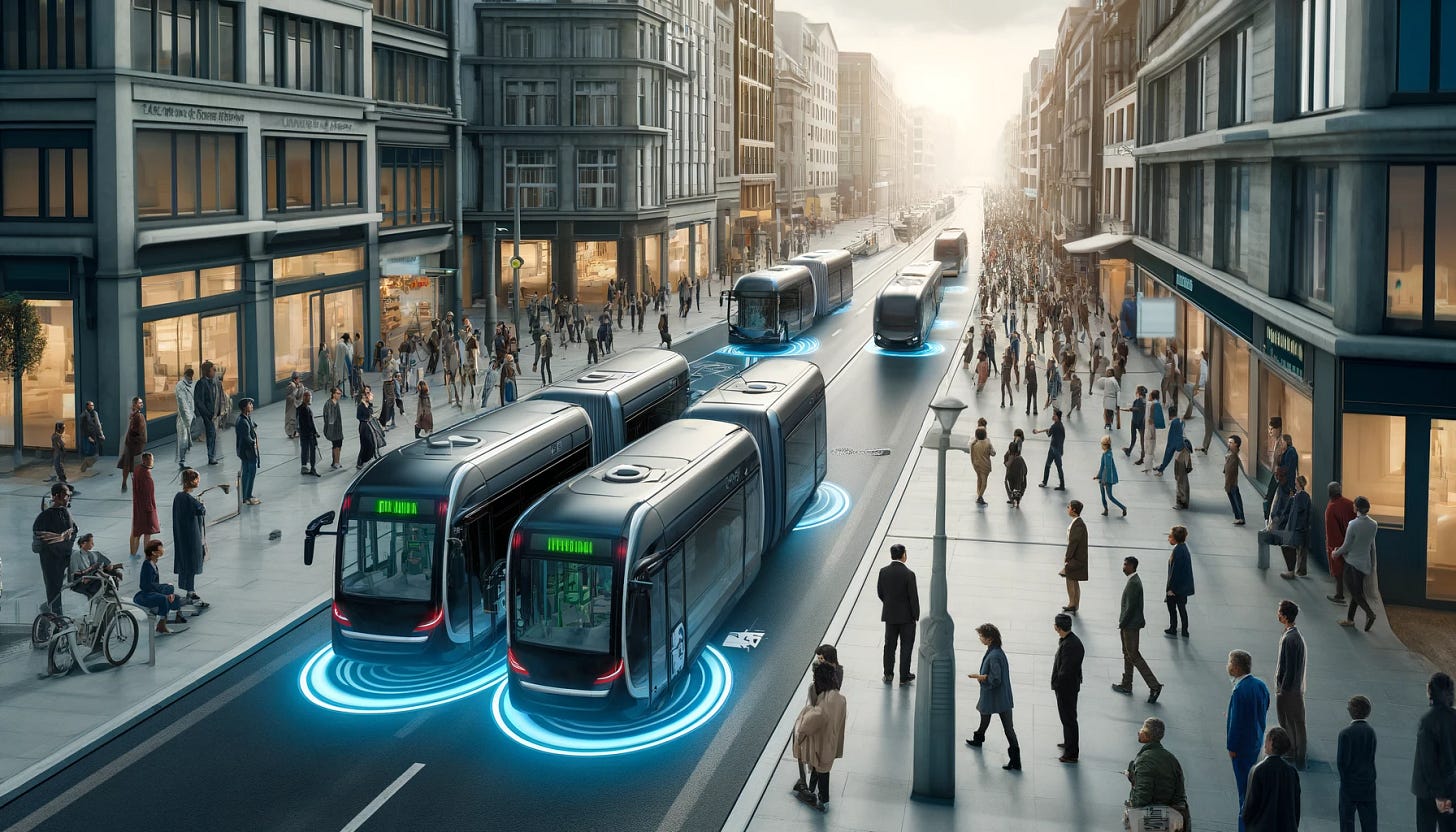Wireless Electricity⚡️🔋📡
Discover the Power that Floats Through Air
Why Wireless Electricity?
Wireless electricity has the potential to transform how we use and distribute power, making it more accessible and environmentally friendly. By eliminating the need for cables and batteries, this technology can reduce waste, lower costs, and increase the efficiency of energy use. It can power devices remotely, improving convenience and expanding the possibilities for technology in remote areas or in applications where traditional wiring is impractical or impossible. Understanding this technology helps us appreciate its potential to foster sustainability and innovation in powering our everyday lives.
What is Wireless Electricity?
Wireless electricity, also known as inductive charging or wireless power transfer, involves transmitting electrical energy from a power source to an electrical load without the use of direct wire connections. This technology typically operates on the principle of electromagnetic induction, where a coil in a transmitter device generates a magnetic field that induces a voltage across a receiver coil in the device being powered. This induced voltage can then be used to charge or operate the device. This method allows for the transfer of power over short distances and is commonly used in applications like charging smartphones, medical implants, and electric vehicles.
Wireless electricity is currently used in several practical applications across various industries:
Consumer Electronics: Smartphones and tablets often use wireless charging pads based on Qi (pronounced "chee") standard, which allows users to charge devices by placing them on a pad instead of plugging them in.
Medical Devices: Implantable medical devices like pacemakers or drug delivery systems utilize wireless charging to avoid wires that could lead to infection risks.
Electric Vehicles (EVs): Some electric cars can be charged wirelessly using large pads that vehicles park over, which is more convenient than traditional plug-in methods.
Industrial Applications: In industrial settings, wireless power helps to charge or operate equipment in hard-to-reach places or where cables could be a safety hazard.
Consumer Appliances: Wireless charging is also found in kitchen appliances like blenders and food processors, reducing the risk of electrical shocks and simplifying design.
Wireless electricity offers notable environmental and economic benefits:

Environmental Benefits:
Reduced Waste: By diminishing the need for disposable batteries and reducing the number of wires and cables, wireless electricity can help decrease electronic waste.
Energy Efficiency: Advanced wireless power systems are designed to optimize energy transfer, minimizing energy loss compared to traditional wired systems, which can help in reducing overall energy consumption.
Promotion of Electric Vehicles: Easier charging solutions provided by wireless technology can accelerate the adoption of electric vehicles, which are cleaner compared to fossil fuel-based vehicles.
Economic Benefits:
Cost Savings in Manufacturing and Maintenance: Wireless systems can reduce the complexity of electrical installations and maintenance, lowering costs for manufacturers and consumers.
Enhanced Product Durability: Without the physical wear and tear associated with traditional charging ports and connectors, devices may last longer, reducing replacement frequency and costs.
Innovation and New Markets: The development of wireless electricity technologies stimulates innovation, leading to new products and markets, which can drive economic growth and create jobs.
These benefits illustrate how wireless electricity can play a crucial role in creating more sustainable and economically efficient systems, aligning with broader environmental goals and promoting economic resilience.




